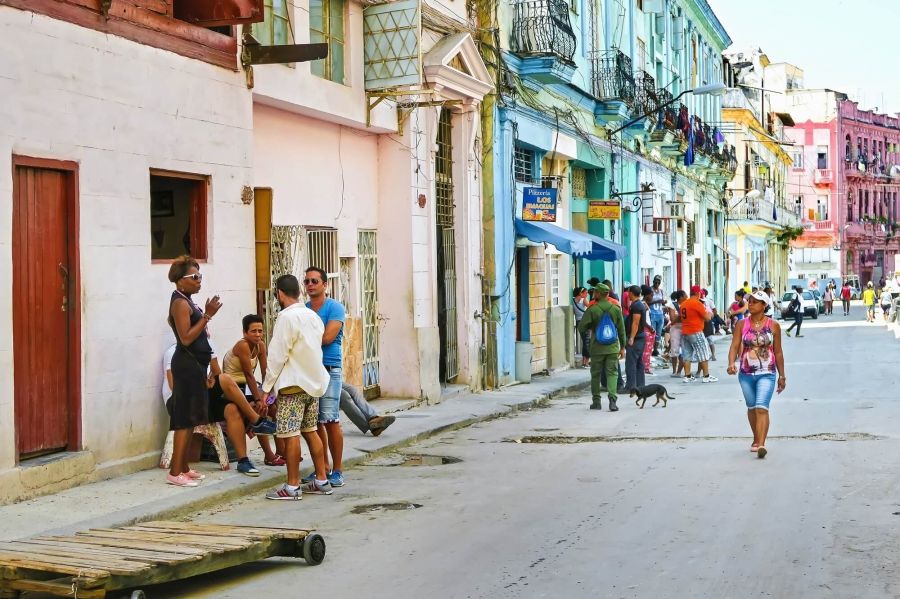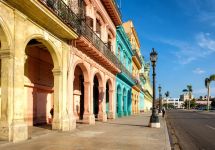Cuba Libre - a cocktail of colours in Havana’s architecture
Like the popular cocktail, Havana also owes its popularity to a combination of different elements and styles. While Cuba Libre was created in 1900, the Havana architecture can boast a much longer history.
The Hawaiian architecture is like Cuba Libre, a popular cocktail made of rum, cola and lime - symbolic ingredients for allied forces during the American-Spanish War. Their development was also influenced by foreigners. How?
Not only are there numerous colonial buildings but also, for example, art nouveau houses that distinguish: liquid wavy lines, free compositions and abstract or floral ornaments. Just next to them, you can come across a number of art deco buildings, featuring a large spatial discipline, as well as modernist buildings, large and looking as if they were cut from giant stone blocks.
As a rule, most homes in Havana feature sophisticated designs, such as huge windows and a porch at the entrance (it ensured protection against rain and sun, allowing you to watch the world go by). They are often equipped with sophisticated facades, with driveways, balconies or columns. They always use pastel colours. Either gentle yellow or celadon. It can also be grey-pink or e.g. sand colour on the nearby Santa Maria beach. As a result, facades create unique colour patchwork.
Such a large number of preserved buildings that date back to the old times are primarily the result of halting Havana's urban development just after the 1959 revolution. At that time, most of the famous architects were out of work there, as money was mainly earmarked to development of villages and small towns. The only advantage was that they did not start immediate modernization and erecting skyscrapers and highways, which would have contributed to vanishing of entire districts.
It’s not surprising that in 1982 Habana Vieja (which is translated as: Old Havana) was entered onto the UNESCO World Heritage List. For years the government has been allocating substantial funds to restoration of other preserved buildings. Over 20m dollars are spent on this project on annual basis.










